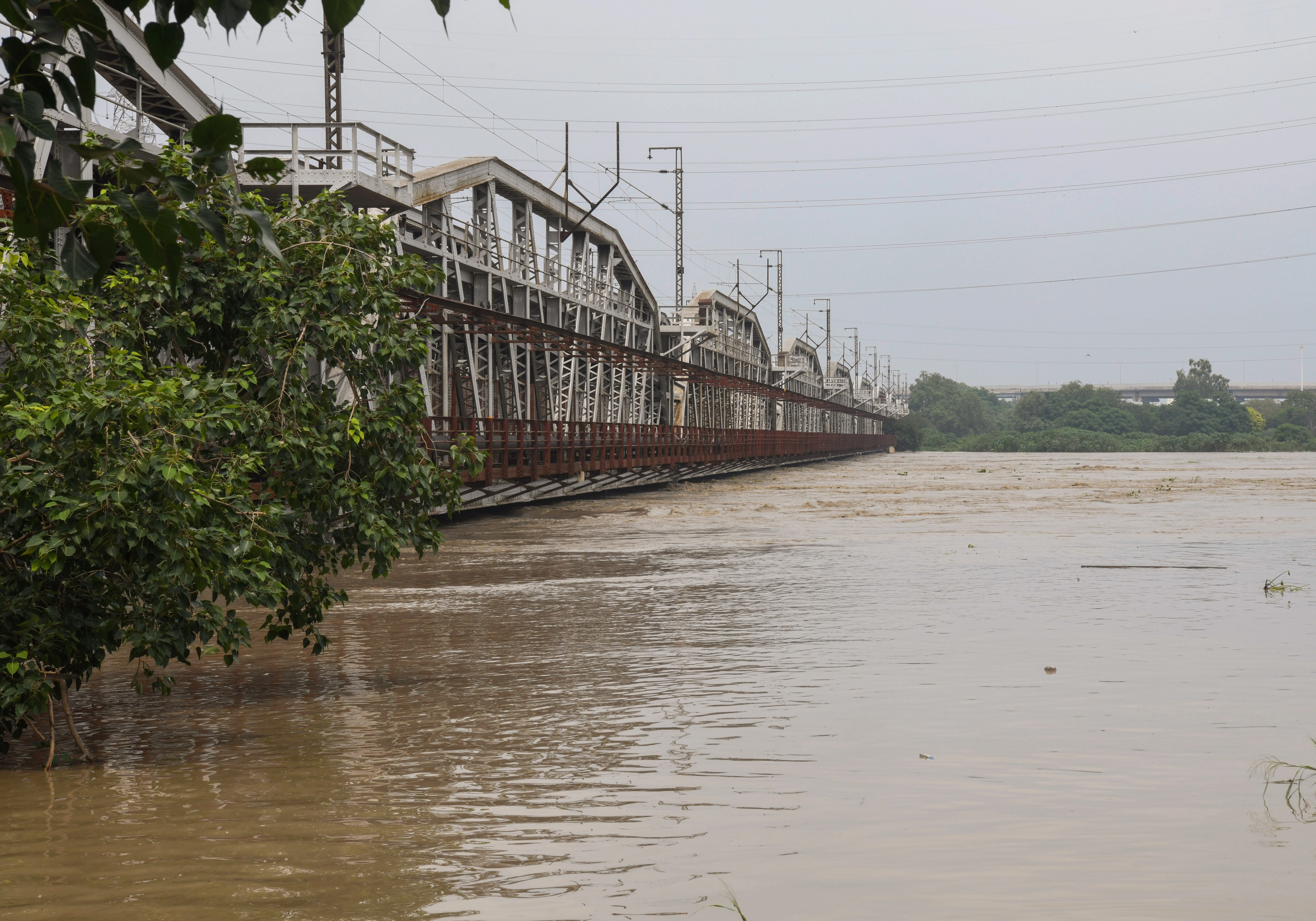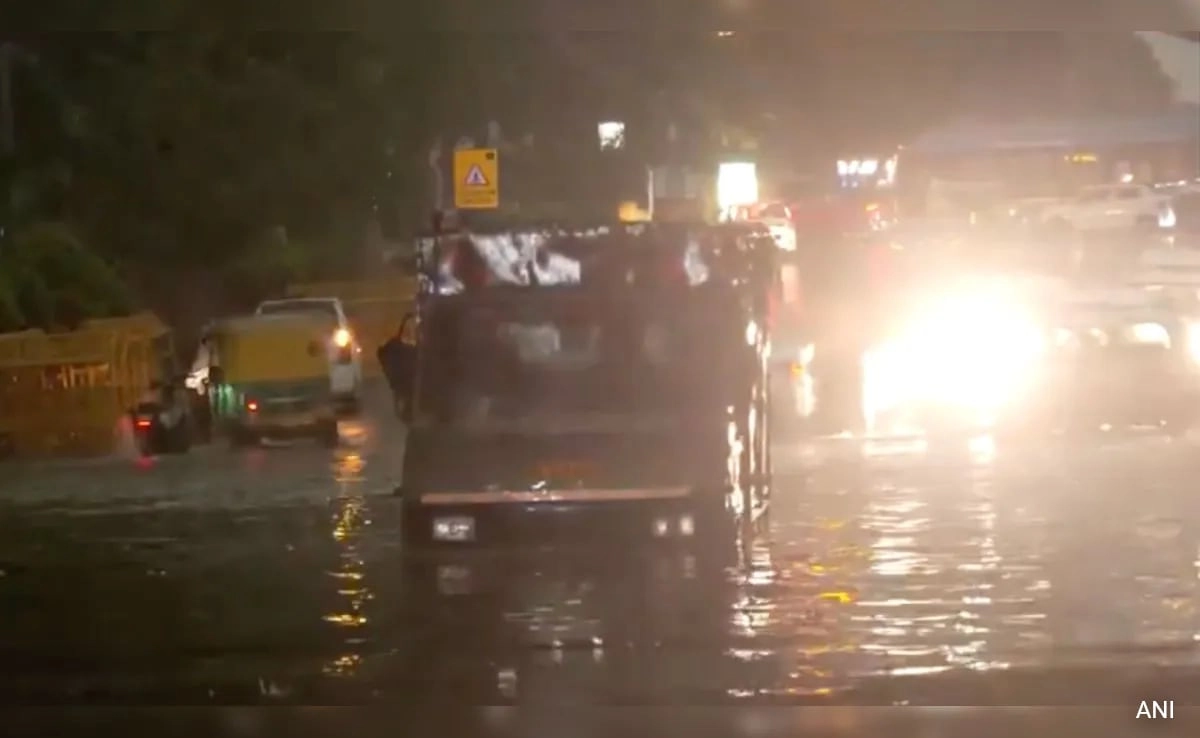The Yamuna River in Delhi has reached alarming levels, with its water rising to 207.39 meters, marking the third-highest level ever recorded. This surge has raised significant concerns among residents and authorities alike, as the river’s overflow poses a serious risk of flooding to nearby areas. The continuous rise in water levels is attributed to heavy rainfall in the region and upstream, leading to increased runoff that the river cannot contain. The situation calls for immediate attention and action to mitigate potential hazards.
As the water level inches closer to critical thresholds, local government agencies have been mobilizing resources to address the challenges posed by the flooding. Emergency response teams are on high alert, ready to assist those in affected neighborhoods. Efforts include monitoring the situation closely, providing timely updates to residents, and implementing evacuation plans if necessary. The potential for widespread disruption looms large, with many communities at risk of being submerged. The psychological and emotional toll on residents grappling with the fear of flooding is palpable, as many recall the devastating impacts of previous floods.
The implications of the rising Yamuna levels extend beyond immediate safety concerns; they also highlight broader environmental issues. Urban development and climate change have exacerbated the vulnerability of cities like Delhi to extreme weather events. This situation serves as a stark reminder of the need for improved infrastructure and flood management systems, as well as sustainable practices to preserve the natural flow of rivers. The crisis presents an opportunity for policymakers and urban planners to consider long-term solutions that can help mitigate the impacts of future flooding.
Community resilience is being tested as individuals band together in the face of adversity. Local organizations are stepping up, providing support to those in need, and fostering a spirit of solidarity among residents. The collective response to the crisis illustrates the importance of community engagement in disaster preparedness and recovery efforts. As the water level remains precarious, the focus will also shift to recovery strategies, ensuring that affected areas can rebuild and adapt to the changing environmental landscape. The situation serves as a critical juncture for Delhi, emphasizing the need for a concerted effort to address the challenges posed by climate change and urbanization in an increasingly vulnerable world.




